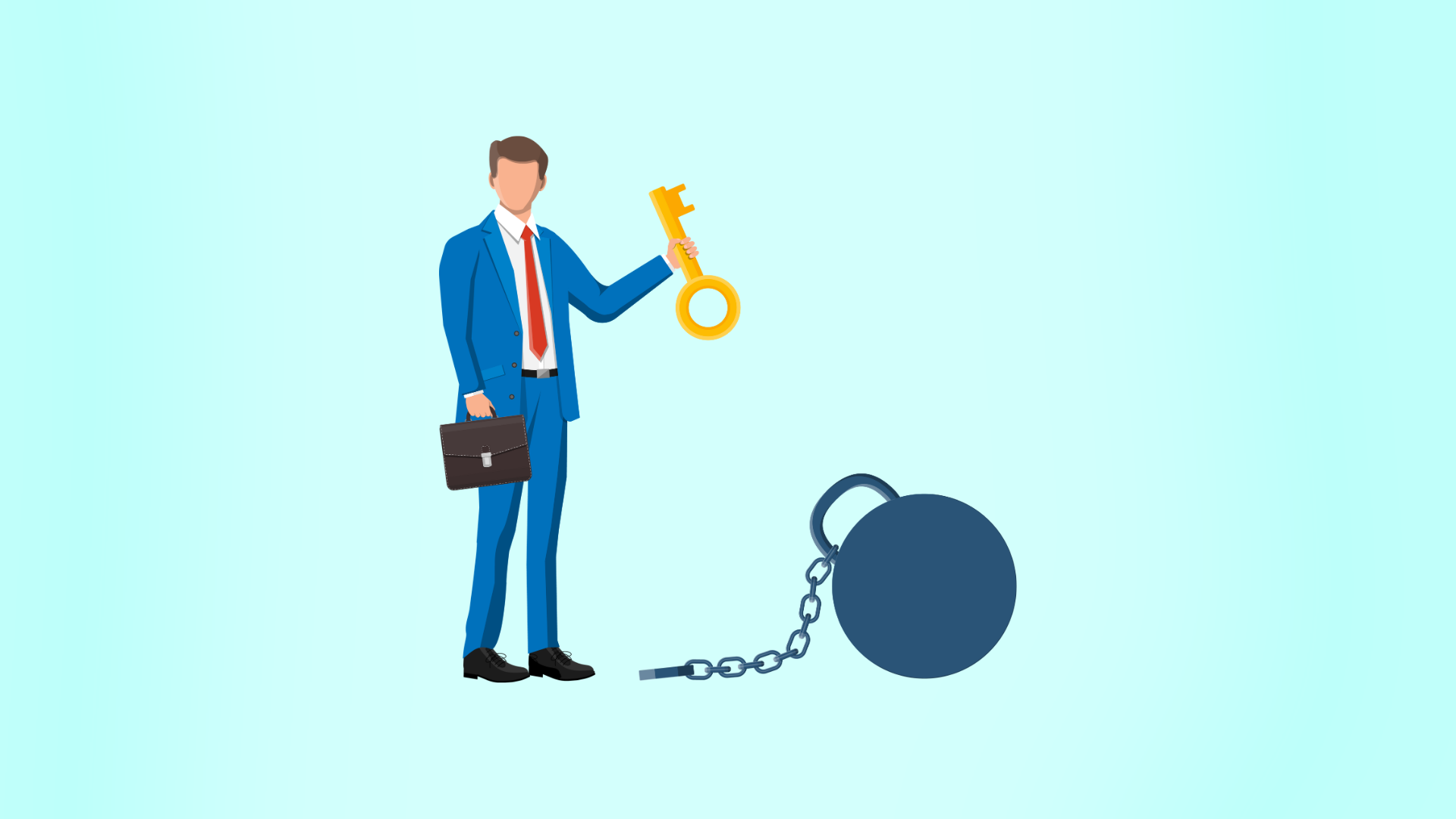Tech debt clean-up has a reputation. And not a good one.
In a previous post, we introduced what tech debt actually is; now, how do you execute one it? Most teams hear “clean up the stack” and instantly picture a chaotic few months of rebuilding everything from scratch…while still juggling KPIs, campaigns, and sales targets.
The truth? It doesn’t have to be that way.
If you take a phased, focused approach, like we’ve done with many clients, you can clean up your RevOps tech debt without drowning your team or lighting your roadmap on fire.
Let’s walk through the process.
Start With a Map, Not a Machete
We’ll be honest: you can’t fix what you can’t see. The first step in cleaning up RevOps tech debt isn’t ripping things apart, but rather, it’s understanding what’s actually there.
Phase 1: Discovery
Think of this as your “everything drawer” moment. Map all your current tools, systems, integrations, and processes. CRM, marketing automation, CPQ, data enrichment, you name it.
- Where does each tool plug in?
- Who owns it?
- What’s working and what’s barely limping along?
Pro tip: Get input from the teams using the tools daily. They’ll tell you what’s really broken.
Find the Dead Weight
Once you’ve mapped it all out, it’s time to spot the red flags.
Phase 2: Assessment
This is where you look for:
- Duplicate tools or overlapping platforms
- Broken integrations
- Unused fields or processes
- Conflicting automations
- Disconnected systems
Basically: what’s bloated, broken, or just plain confusing?
Real-Life Use Case: One of our clients (mid-market B2B, scaling fast) had three Salesforce instances running in parallel. Sales, marketing, and finance each had their own. Overlapping tools, conflicting data models, and duplicate efforts. Their teams were constantly “syncing”, but never fully aligned.
Score the Mess by Impact
Tech debt isn’t all equal. Some stuff is annoying but harmless. Other things are silently killing your pipeline.
Phase 3: Prioritization
You don’t need to fix everything at once. Just start with the stuff that’s holding you back today. This doesn’t mean you won’t get to everything eventually, but prioritization is key when taking a phased approach.
- Rank issues by business impact
- Ask: Does this slow down sales? Break reporting? Confuse our customers?
- Focus on areas tied to revenue velocity, customer handoffs, and decision-making
Make a Cleanup Plan (And Actually Stick to It)
This is where things start to feel real. You’ve got the map. You know where the issues are. Now what?
Phase 4: Roadmap & Project Plan
- Group fixes into logical phases (quick wins, mid-range, long-haul)
- Assign clear owners: someone needs to oversee progress and effectively communicate changes to all stakeholders and users.
- What does success look like? Set goals, not just tasks (e.g., “Reduce duplicate records by 70%,” not just “Merge stuff”).
Case Check-In: What was the overall plan for the Salesforce chaos we mentioned earlier? We mapped cleanup over six months:
- Month 1: Planning & requirements
- Month 2-3: Tool rationalization, automations and documentation
- Month 4-6: Merge execution, data deduplication, final cutover
Execute Without the Fire Drills
Now, it’s go time.
Phase 5: Execution & Delivery
This is where you:
- Merge duplicate processes
- Eliminate redundant tools
- Fix or rebuild key automations
- Run deduplication across objects
- Realign your reporting structure
Reminder: Don’t try to fix everything in one sprint. Your team still has a job to do. Balance cleanup with ongoing operations.
Keep It Clean Going Forward
Tech debt isn’t just a one-time problem; it’s an ongoing risk. If you don’t bake in safeguards, it’ll creep back in faster than you think.
Phase 6: Governance
- Create rules around field creation, tool purchasing, and integrations
- Set up change control processes (no more random admin edits)
- Make someone responsible for RevOps health…seriously
Avoid These Cleanup Pitfalls
Even with a solid plan, tech debt projects can go sideways. Watch for:
- Rushing into migration without assessing what’s worth keeping
- Skipping user input or training which kills adoption
- Ignoring cross-team dependencies: involve all functions the changes affect
- Trying to fix everything at once…hello, scope creep!
What Happens When You Get It Right?
Let’s go back to our Salesforce triple-stack client. After cleanup:
- Lead management became centralized and trackable
- Reports were clean (and trusted)
- Renewal flows were finally automated
- They dropped 10+ redundant tools
- And for the first time—everyone was working off the same data
That’s not just a win. That’s operational clarity at scale.
Quick Q&A: Cleaning Tech Debt in RevOps
Q: Do I need to rip out my entire stack to fix tech debt?
A: Nope. Most tech debt is fixable with a phased cleanup plan and strategic prioritization.
Q: How do I get leadership buy-in for tech debt cleanup?
A: Frame it in terms of revenue risk. Show how delays, dirty data, or broken processes are directly costing the business.
Ready to move faster, smarter, and cleaner? Let’s chat.
